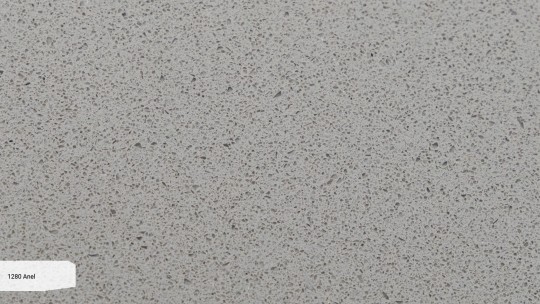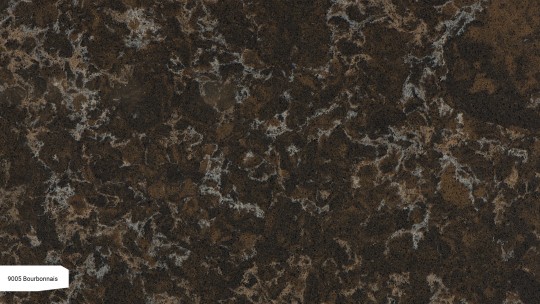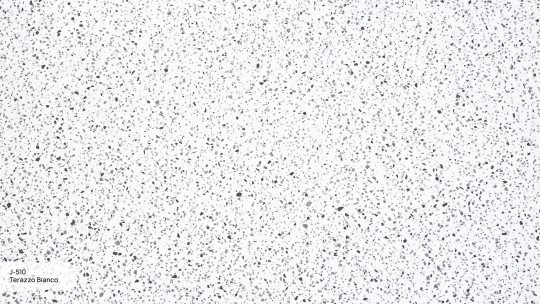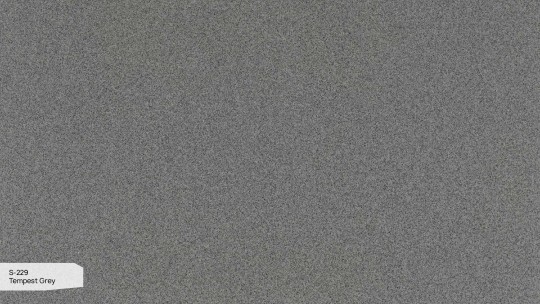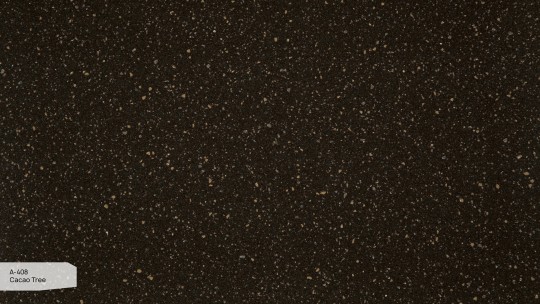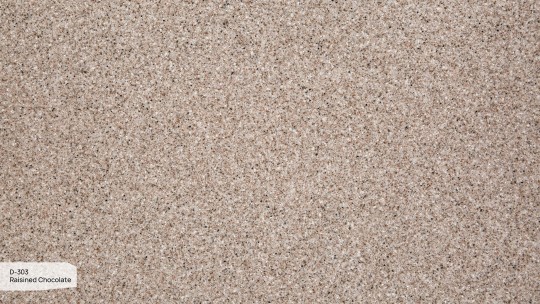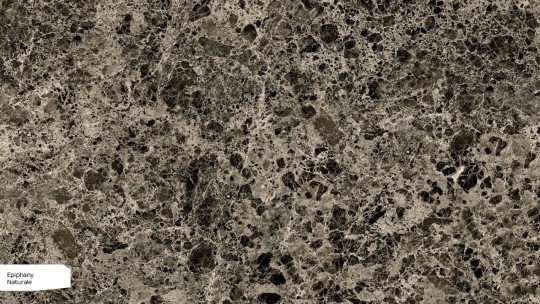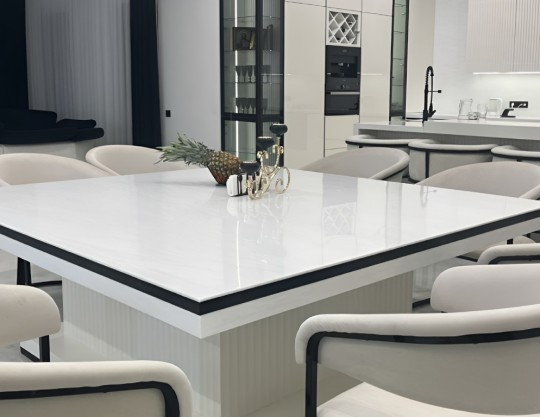Granite and its substitutes – which solution is better for interior design?
References
For many years, granite has been recognised as a symbol of durability and luxury in interior design. Its natural beauty and unique patterns make it one of the most popular materials for finishing countertops, floors and stairs. However, alternatives are increasingly being sought that combine the appearance of natural stone with better functionality. Modern technologies allow for the creation of substitutes for granite that almost perfectly reproduce its appearance, while providing additional functional properties, such as less susceptibility to stains, greater durability, easier care or the possibility of faster and simpler installation.
So what should you choose? Is it worth choosing natural granite, or maybe its substitutes would be a better solution?
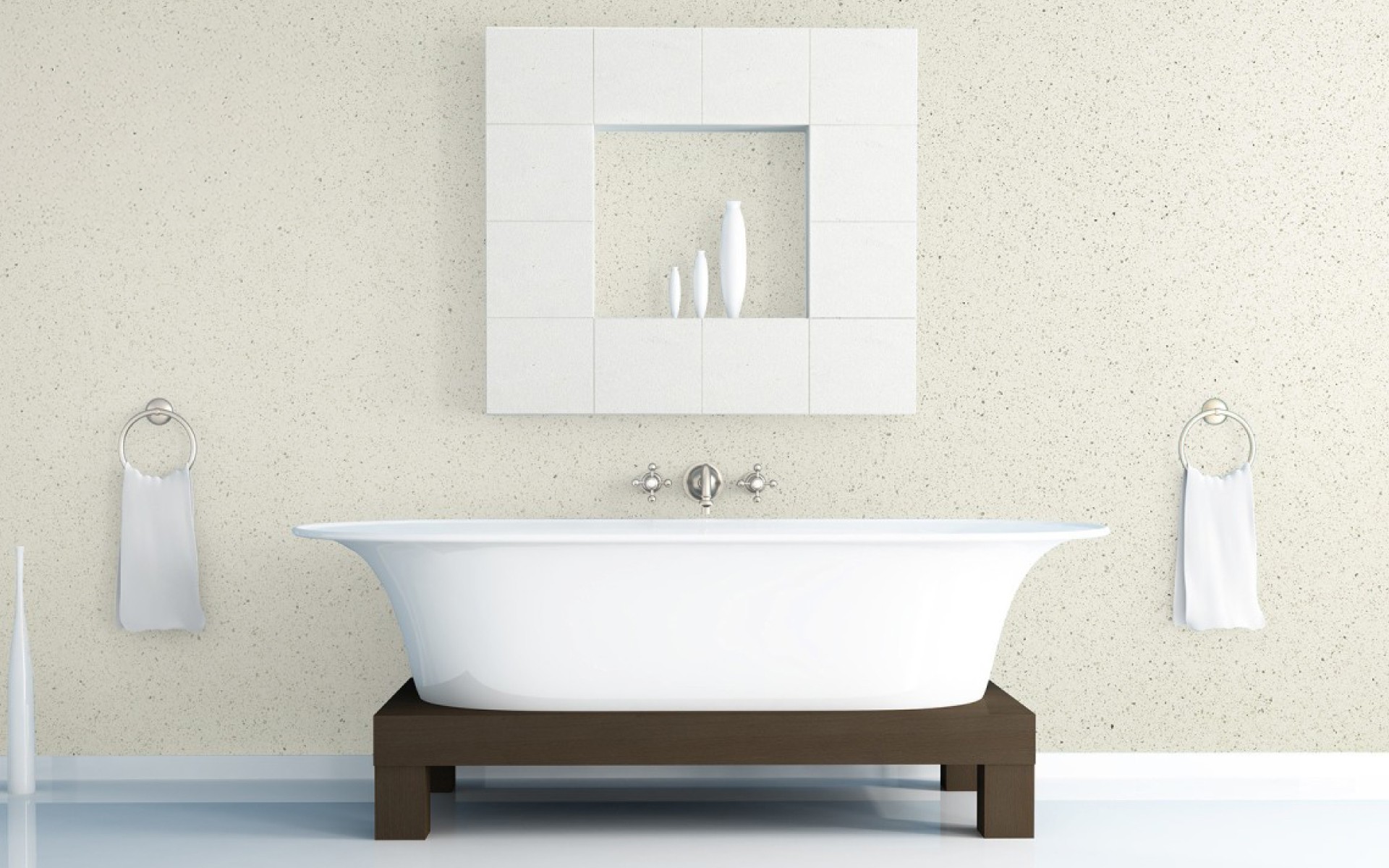
What is granite? Advantages and disadvantages of granite
Granite is one of the most valued natural stones used in interior design and architecture. Formed over millions of years in the process of magma crystallisation, it is characterised by its extraordinary hardness and resistance to damage. Its diverse colours - from subtle greys, through warm beiges, to deep blacks and shades of green - make it a perfect match for many interior design styles.
One of the biggest advantages of granite is its durability – it is resistant to scratches, high temperatures and mechanical damage. Its unique patterns, created by nature, make each surface one of a kind.
However, granite also has its disadvantages. As a porous material, it requires regular impregnation to protect it from stains and moisture. It is also susceptible to acids such as lemon juice or vinegar, which can cause discolouration. Due to its weight, it requires reinforcement for installation and the price – both for purchase and processing – is relatively high compared to modern alternatives.
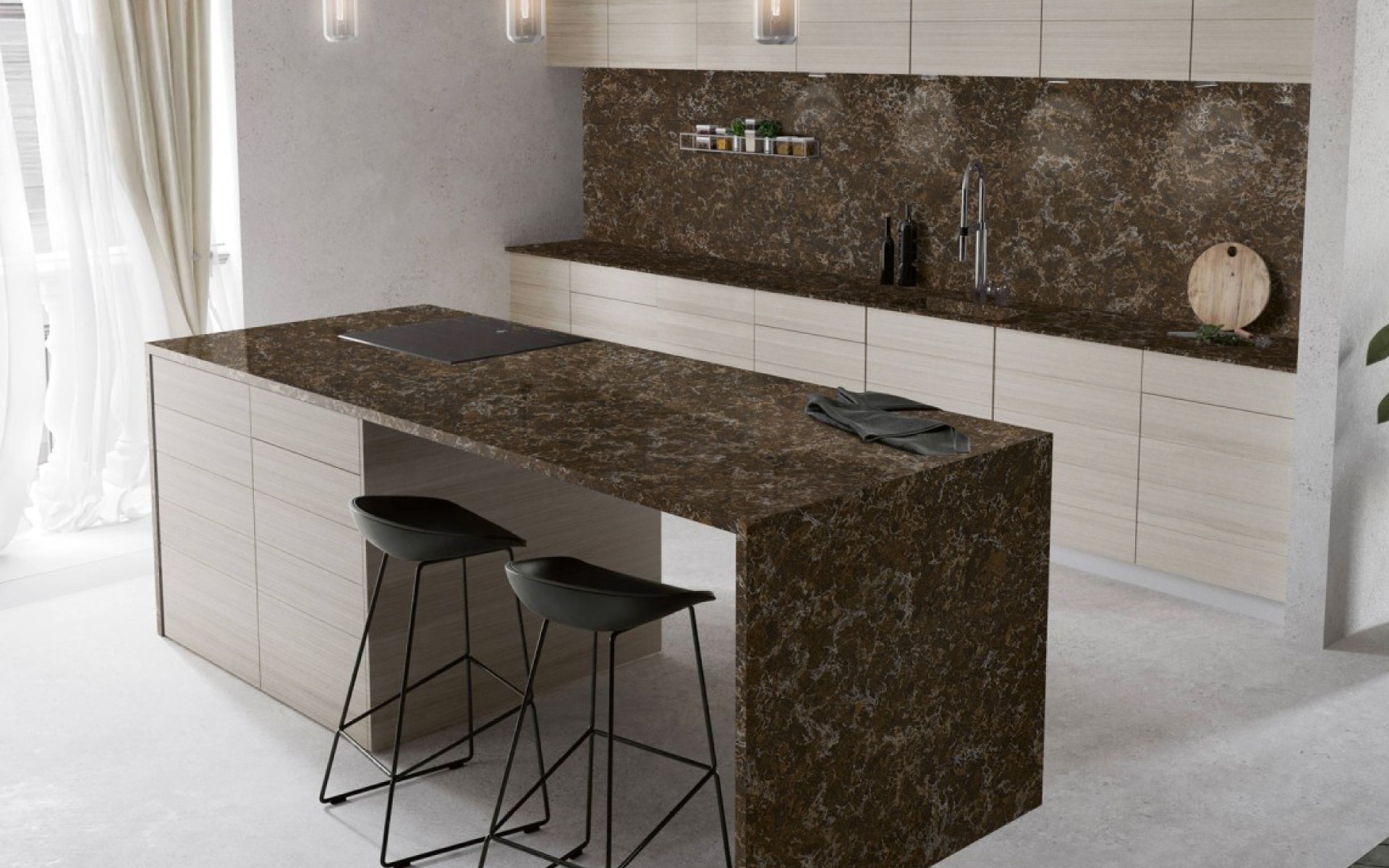
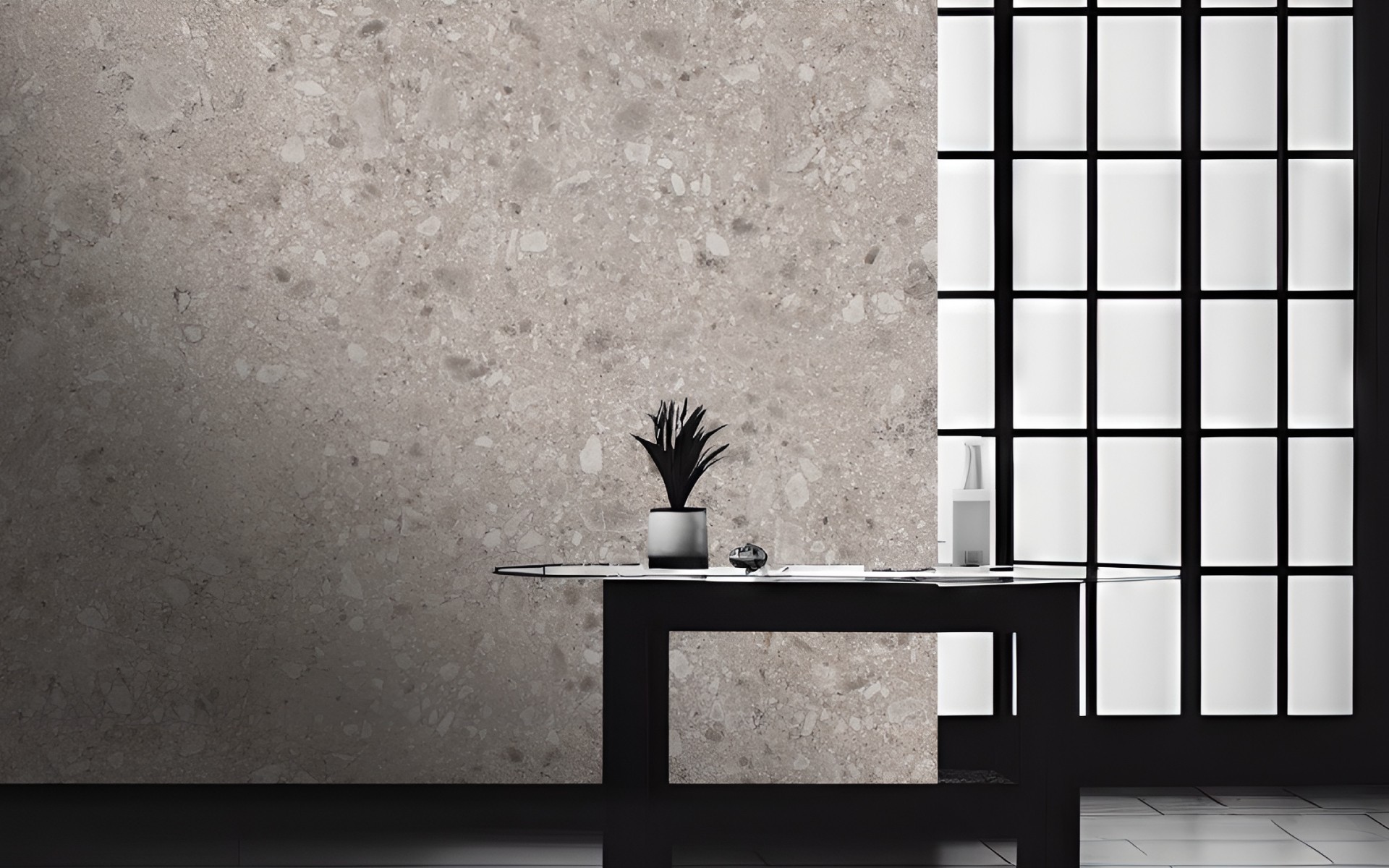
Granite vs. alternatives – which solution is the right one? Comparison of the characteristics of granite, large ceramic slabs, quartz surfaces and acrylic solid surfaces
Durable, resistant and easy to use
- Granite is a hard, durable and resistant to mechanical damage stone, but its porous structure means that it can absorb moisture, stains and grease. Spilled coffee, wine or lemon juice can leave permanent marks on it. For this reason, it requires regular impregnation to maintain its appearance for years.
- Large ceramic slabs are resistant to moisture, stains and chemicals, and their structure does not require impregnation. This makes them suitable not only for kitchens and bathrooms, but also as exterior cladding, which is not afraid of rain, snow or UV radiation.
- Quartz surfaces are harder than granite, do not scratch or crumble and do not require special care. Their structure is uniform and non-porous, which means that dirt does not penetrate the surface – a simple cloth and a mild cleaning agent are enough to remove stains.
- Acrylic solid surfaces are characterised by their ability to be renovated. If minor scratches or damage occur, they can be sanded down and the original appearance restored. In addition, its smooth, non-porous and micro-crack-free structure prevents the accumulation of bacteria and mould, making it an excellent choice for spaces requiring the highest level of hygiene.
Aesthetics and design
- Granite is fascinating thanks to its natural, unique patterns. Each slab is unique, which is both an advantage and a challenge – especially for large projects such as floors or custom-made worktops, where a consistent pattern is crucial.
- Large ceramic slabs perfectly reproduce the appearance of natural stone.
- Quartz surfaces have a wide range of colours and the decors within a batch are consistent, which makes it possible to continue the pattern on the next slab. This is especially useful for large elements, such as floors or wall cladding, where the effect of a single large slab is desired.
- Acrylic solid surface is characterised by its seamless connection, which means that you can create a large countertop or kitchen island without visible joints. The composite is also characterised by its exceptional plasticity, which makes it possible to create custom designs with fancy shapes.
Installation and costs
- Granite is very heavy and difficult to process, which can affect the cost of its transport and installation. Due to its weight, it requires more robust support structures. In the case of large countertops, wall cladding or stairs, it may be necessary to use additional reinforcement to ensure stability and safety of use. This may mean the need to install special frames, thicker underlays or stronger fixings, which further increases the cost and complexity of the installation process.
- Large ceramic slabs, like quartz surfaces, require professional installation. However, due to the properties of these materials, cutting, transport and installation are easier, which can make them cheaper.
- The processing and installation of acrylic solid surface is also easier than with granite. In addition, due to its plasticity, it can be thermoformed, shaped, bent and joined without visible seams.

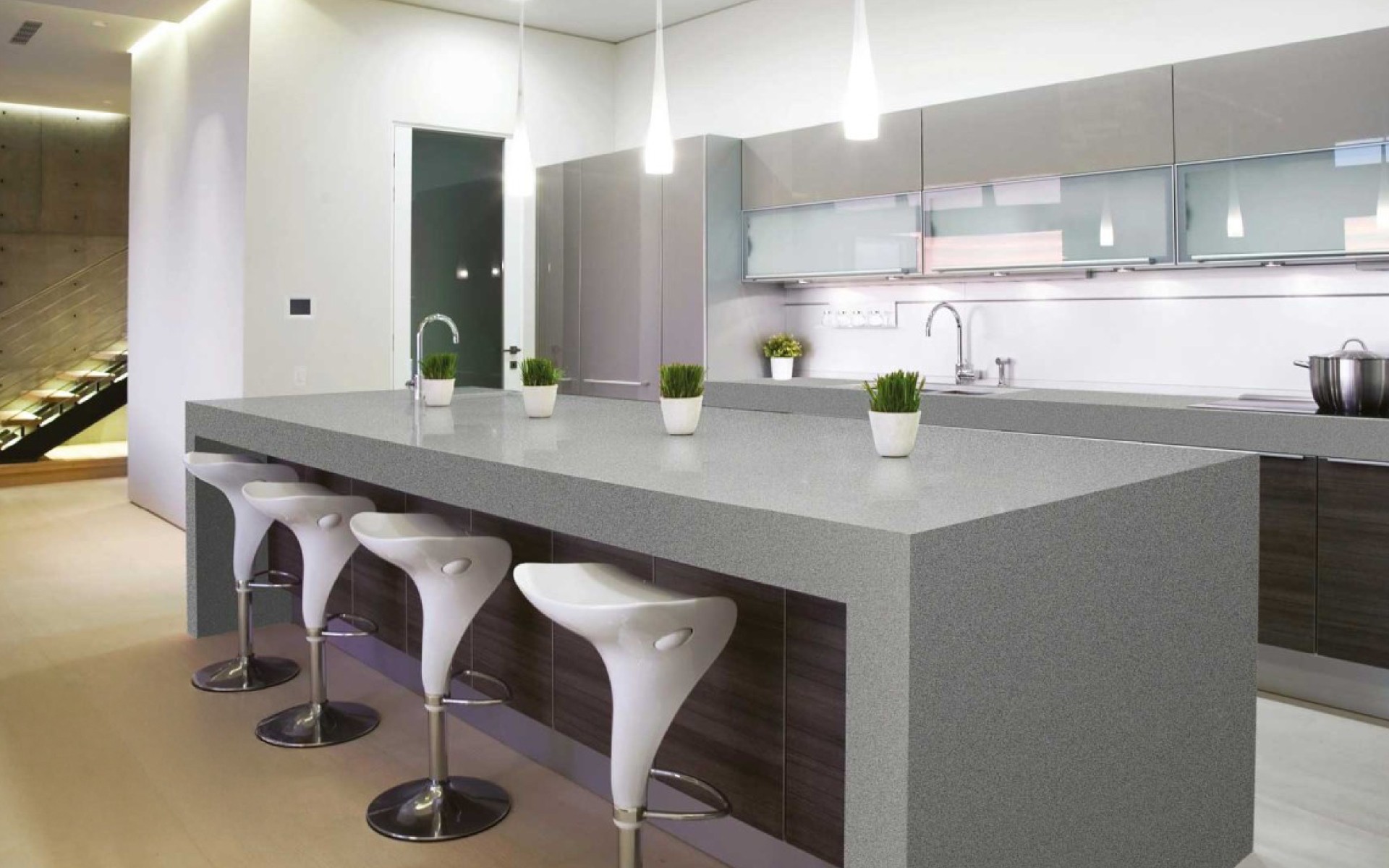
Granite or its substitutes? What is the best choice?
Both granite and its substitutes have their unique advantages, and the final decision should be based on your needs and interior style. If you want the look of natural stone and are willing to regularly impregnate it and accept its higher weight and installation cost, granite will be a classic, timeless choice.
However, if you want to enjoy the aesthetics and durability of granite, but care about easier maintenance, stain and moisture resistance, and a wide selection of decors and modern designs, it is worth considering substitutes. Large ceramic slabs, quartz surfaces and acrylic solid surfaces look identical but have different characteristics that make them more suitable for different purposes. The final choice depends on your personal preferences, budget and the character of the interior.

